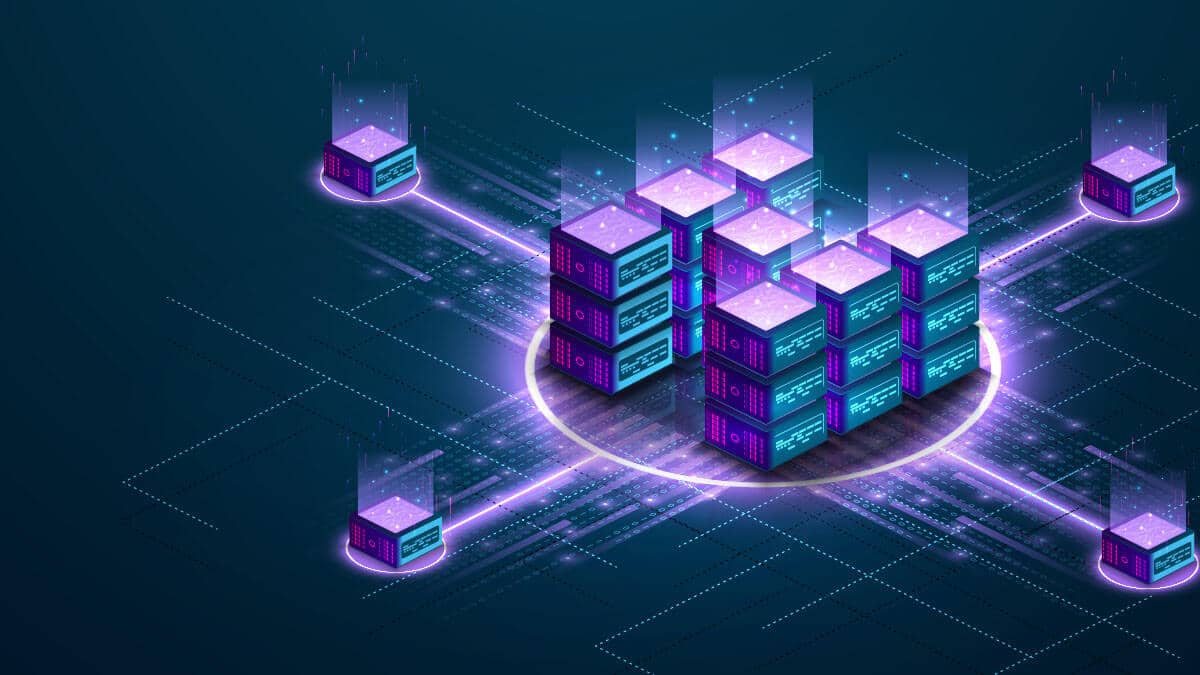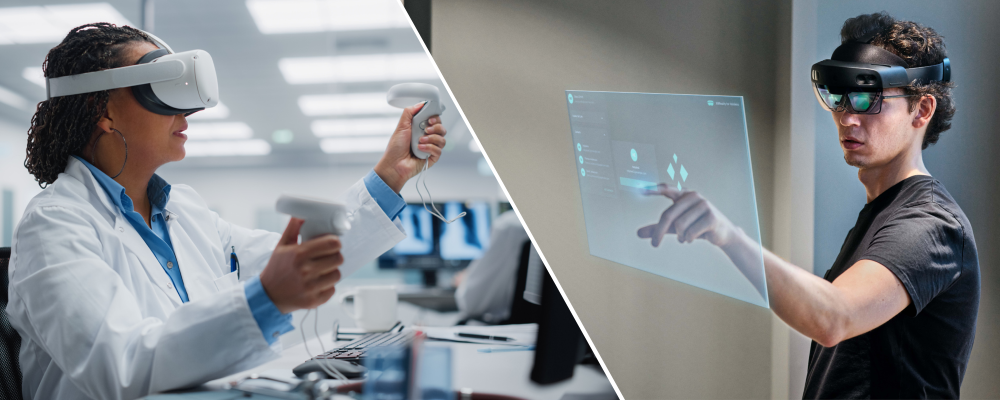In technology, staying ahead of the curve means not just keeping up with current trends but also anticipating what lies ahead. Whether you’re a seasoned developer or just starting, understanding the future technologies that are adaptable across various programming languages can provide a significant advantage.
1. Quantum Computing
Overview: Quantum computing leverages the principles of quantum mechanics to perform computations that are infeasible for classical computers. It promises exponential speedups for certain problems, particularly in cryptography, optimization, and simulation.
Adaptability:
- Languages: Python, C++, Q#, JavaScript
- Tools and Libraries: Qiskit (Python), Quantum Development Kit (Q#), PennyLane (Python), ProjectQ (Python)
Impact: Quantum computing is still in its infancy, but it’s poised to revolutionize fields requiring immense computational power. Developers from various backgrounds can start exploring quantum algorithms using high-level languages like Python, making this cutting-edge technology more accessible.

2. Artificial Intelligence and Machine Learning
Overview: AI and ML have become integral to modern applications, from recommendation systems and natural language processing to autonomous driving and healthcare diagnostics.
Adaptability:
- Languages: Python, R, Java, C++, Julia
- Frameworks: TensorFlow (Python), PyTorch (Python), Scikit-learn (Python), MLlib (Java/Scala)
Impact: With AI and ML frameworks available in multiple languages, developers can integrate sophisticated models into applications, regardless of their primary language. This adaptability is critical as AI continues to drive innovation across industries.

3. Blockchain and Decentralized Applications (DApps)
Overview: Blockchain technology underpins cryptocurrencies and enables secure, transparent, and decentralized record-keeping. DApps, built on blockchain, offer trustless and tamper-proof applications.
Adaptability:
- Languages: Solidity (Ethereum), JavaScript, Go, Python, Rust
- Platforms: Ethereum, Hyperledger, Polkadot, Binance Smart Chain
Impact: Blockchain’s potential extends beyond finance to sectors like supply chain, healthcare, and government. With support for multiple languages, developers can create smart contracts and DApps using tools they are familiar with.

4. Internet of Things (IoT)
Overview: IoT connects everyday devices to the internet, allowing them to send and receive data. This interconnected ecosystem is transforming industries by enabling smarter environments and data-driven decision-making.
Adaptability:
- Languages: C, C++, Python, JavaScript, Java
- Platforms: Arduino (C/C++), Raspberry Pi (Python, C++), AWS IoT Core (JavaScript, Python)
Impact: IoT development involves a variety of languages depending on the hardware and application needs. From microcontroller programming in C/C++ to cloud-based data processing in Python or JavaScript, the versatility of IoT ensures wide-ranging adaptability.

5. Augmented Reality (AR) and Virtual Reality (VR)
Overview: AR and VR technologies create immersive experiences that blend digital and physical worlds. They are revolutionizing fields like gaming, education, training, and remote work.
Adaptability:
- Languages: C#, C++, JavaScript, Python
- Engines and Frameworks: Unity (C#), Unreal Engine (C++), A-Frame (JavaScript), Vuforia (C#, JavaScript)
Impact: With robust support across multiple languages and development environments, AR and VR are accessible to a broad spectrum of developers. These technologies offer new ways to engage users and create interactive experiences.

6. Edge Computing
Overview: Edge computing processes data closer to the source of generation, reducing latency and bandwidth use. It’s crucial for applications requiring real-time responses, such as autonomous vehicles and industrial automation.
Adaptability:
- Languages: Python, C++, JavaScript, Go
- Platforms: AWS Greengrass (Python, C++), Azure IoT Edge (C#, JavaScript), EdgeX Foundry (Go)
Impact: By bringing computation to the edge, this technology supports the development of responsive and efficient applications. Its compatibility with various languages and platforms makes it a versatile choice for developers.

7. 5G Technology
Overview: 5G, the fifth generation of cellular networks, promises ultra-fast speeds, low latency, and massive connectivity. It’s a cornerstone for future innovations in IoT, AR/VR, and smart cities.
Adaptability:
- Languages: Python, JavaScript, C, C++, Java
- Frameworks and Tools: Network slicing tools, 5G protocol stacks (Python, C++)
Impact: 5G’s advanced capabilities will drive the next wave of mobile and IoT applications. Its infrastructure supports a range of languages, allowing developers to leverage its potential across different domains.
8. Serverless Computing
Overview: Serverless computing allows developers to build and run applications without managing server infrastructure. It automatically scales and only charges for the compute time consumed.
Adaptability:
- Languages: JavaScript (Node.js), Python, Go, Java, C#
- Platforms: AWS Lambda, Google Cloud Functions, Azure Functions
Impact: By abstracting away the server management, serverless computing enables developers to focus on writing code. Its support for various languages makes it an attractive option for diverse development teams.

Conclusion
As technology progresses, the adaptability of future technologies across different programming languages will continue to be crucial. Whether you’re developing cutting-edge quantum algorithms or creating the next generation of IoT devices, there’s a place for your preferred language in the tech landscape of tomorrow.
